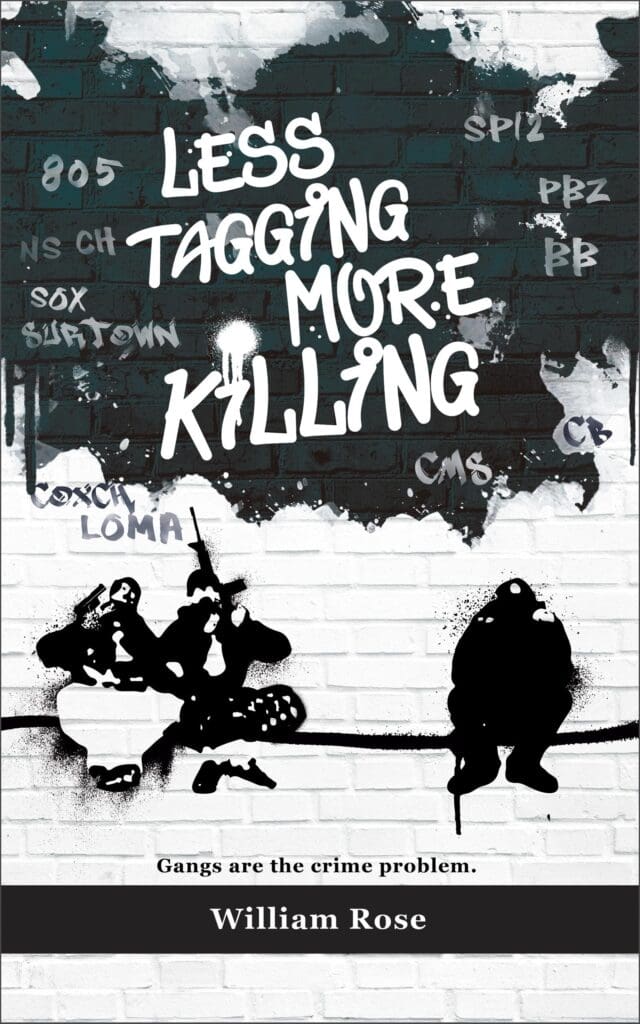Santa Paula Gangs: Mayberry Gone Wrong
May 18, 2025

Perched above the city of Santa Paula, California, large white letters spell out “SP.” To the average visitor, they stand for Santa Paula. Meanwhile, to the gang members who rule the streets below, SP means something darker: Snake Pit. That’s what the Santa Paula gangs call their hometown—infested, dangerous, and bad for your health.
At first glance, Santa Paula looks like a postcard: small-town charm, citrus groves, and a quaint Main Street that one FBI agent said reminded him of Mayberry USA from the old television show The Andy Griffith Show. Yet that same agent, after visiting a gang member’s home, described the city as “Mayberry gone wrong.”
In 2014, Santa Paula was home to five gangs: the Crimies, 12th Street Locos, Crazy Boyz, Bad Boyz, and Party Boyz. Altogether, law enforcement documented 211 gang members in a city with a population of just over 29,000. That’s one gang member for every 139 residents. If you included the estimated 5,000 illegal immigrants, Santa Paula gangs still had a higher gang member-to-population ratio than 90% of U.S. states. In fact, Santa Paula gang members when asked where they are from will state, “Sannta“, with an emphasis on the letter “n”.
Gang members outnumbered the two detectives assigned to gang enforcement in the Santa Paula Police Department 105 to 1.
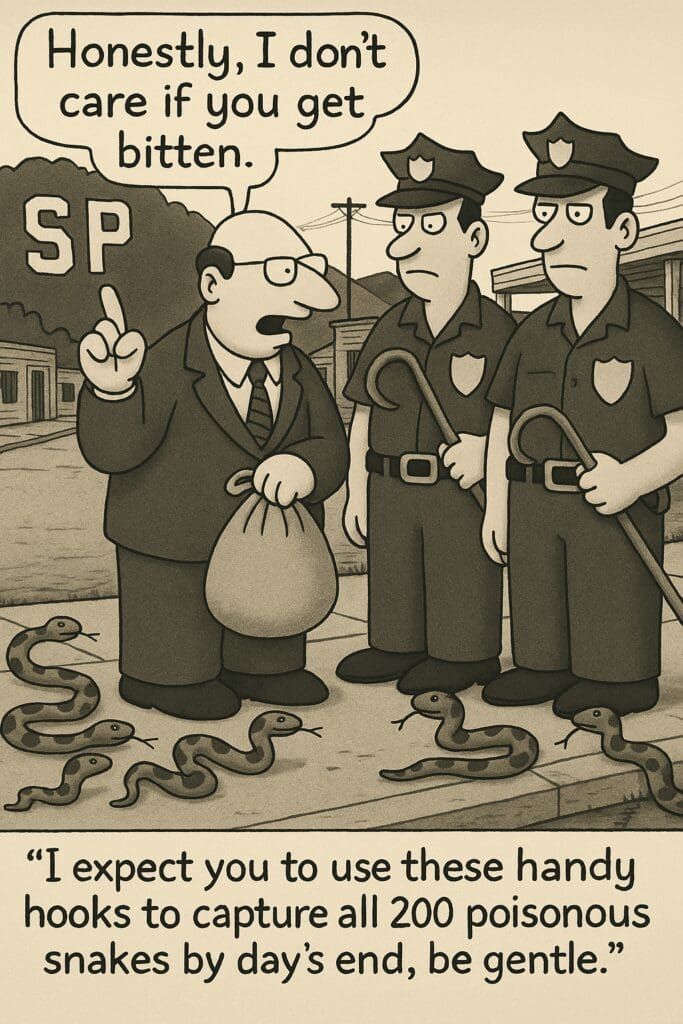
Who Are the Santa Paula Gang Members?
I analyzed the backgrounds of all 211 gang members. The results were alarming:
- 96% were male
- 92% were Mexican-American
- 94% were U.S. citizens
- The average age was 33
- The average first arrest occurred at 17
- Each had an average of 21 arrests
- 26% were incarcerated in jail or prison
These weren’t kids tagging walls. These hardened criminals possessed lengthy rap sheets and were often in their thirties. Santa Paula gangs recruited men who never grew up—men who let arrests, drugs, and violence replace their adolescence. To learn more read the blog Gangs Drugs: A Glimpse Into the Underground Economy of Crime.
How Many Santa Paula Gang Members are Illegally in the United States
Often people wonder how many illegal aliens are gang members. I have the answer. In 2014, there were 211 documented gang members in Santa Paula. I identified 13 or 6% who were illegally in the United States. Four of the five of Santa Paula gangs had members who did not have an immigration status.
A misrepresentation often claimed is illegal aliens do not commit as many crimes and US citizens. Prior to 2017, the state of California restricted law enforcement and became a sanctuary state, illegal aliens who were arrested were deported. Consequently, being deported was the reason why they did not go on to commit crimes not because they were leading lawful lives. Gang members have devoted their life to crime and violence as evidenced by each gang member in Santa Paula who had on average 21 arrests. To learn more read the blog Hispanic Gangs: Inside the Dirty Nickel.
The Five Santa Paula Gangs
Let’s break them down:
The Crimies
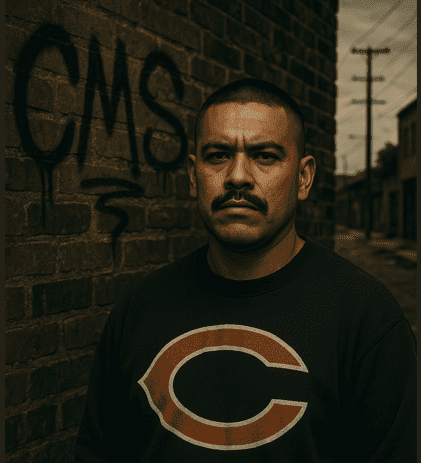
Founded in 1976, the Crimies are the oldest and largest gang in Santa Paula with an estimated 67 members. They identify with Chicago Bears clothing (the “C” for Crimies) and claim territory east of 12th street which bisects Santa Paula. They frequent Las Piedras Park.
- 97% were U.S. citizens
- 96% were male
- 78% were convicted felons
- The average age was 34
- Arrested 1,530 times for 2,615 charges
- The average number of arrests: 23
- Arrested in 6 states: Arizona, Colorado, Indiana, Nevada, Oregon, Texas
To learn more about the crimes the Crimies commit read the blog Gang Related Crime Statistics.
12th Street Locos
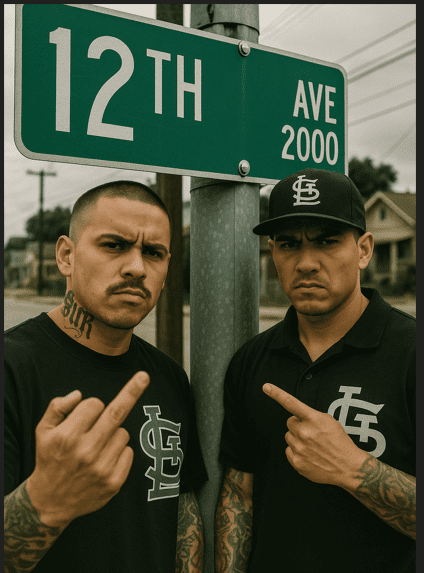
Founded in the late 1980s by younger members branching off from the Crimies, the 12th Street Locos wear St. Louis Cardinals gear (S for Street, L for Locos) and operate in east Santa Paula. When asked were they are from, for instance, both the 12th Street Locos and Crimies will claim 12th Street.
- 59 members
- 88% were U.S. citizens
- 76% were convicted felons
- Arrested 1,110 times for 2,117 charges
- Average number of arrests per member: 19
- 12% were non-U.S. citizens, the highest of all Santa Paula gangs
Known for sharing “hood guns” and demanding that new members “put in work,” the Locos reward loyalty and violence. Furthermore, gang members will often yell “12th Street!” while robbing. To learn where Santa Paula gangs rank see the blog Top 10 Most Dangerous Gangs in Ventura County.
Crazy Boyz
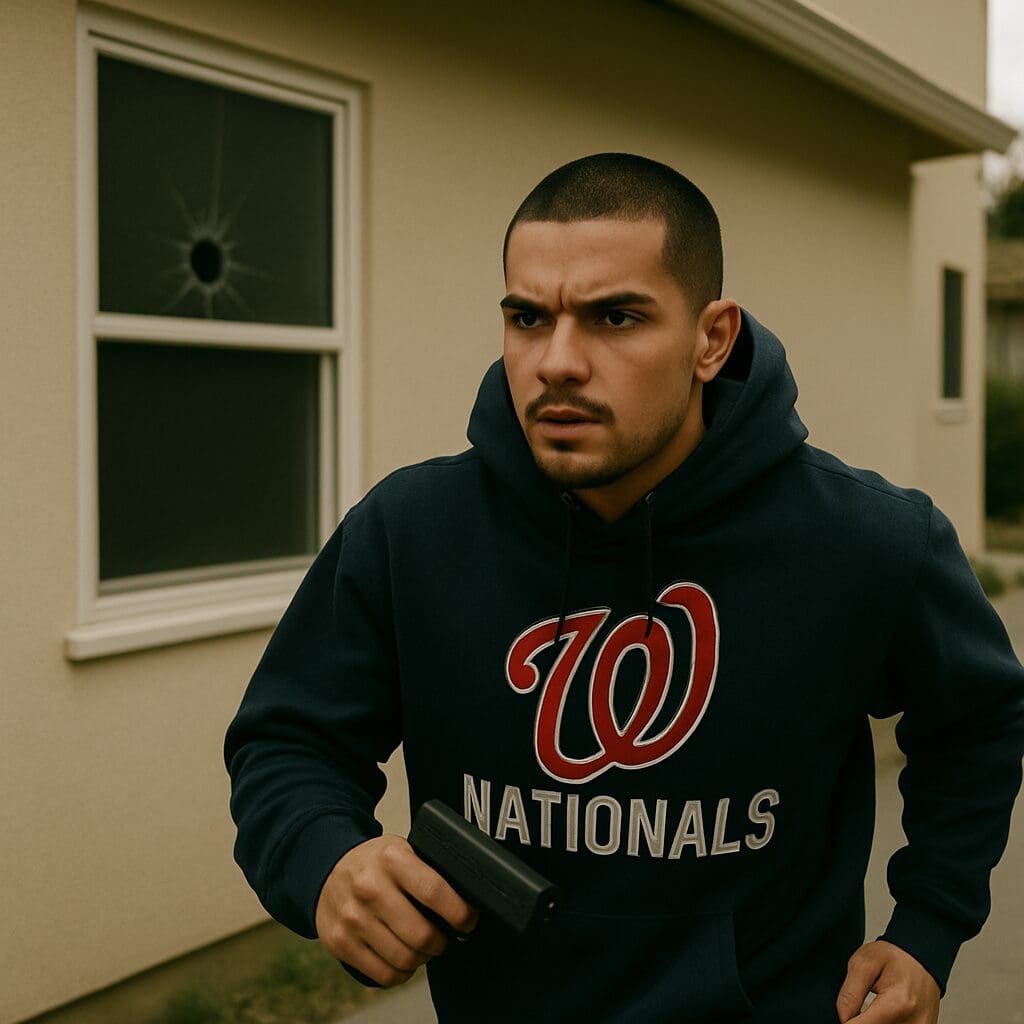
Established in the late 1980s, the Crazy Boyz claim the westside of Santa Paula. They identify with the number 32 (C=3, B=2) and wear Washington Nationals gear.
- 41 members
- 90% U.S. citizens
- 73% convicted felons
- Arrested 734 times for 1512 charges
- Average age: 32
- Arrested in Arizona, Utah, Washington
Like other Santa Paula gangs, the Crazy Boyz aren’t kids tagging walls—they’re grown men committing violent crimes, often with outstanding warrants, some with decades-long arrest records. Their primary rivals are the Crimies and 12th Street Locos. One of their retaliatory shootings killed an innocent woman in her kitchen. To learn more read the blog Guns and Gangs: A Deadly Combination.
Bad Boyz
Formed in the early 1990s, the Bad Boyz are a mid-sized gang with 28 members. Typically, they wear Boston Red Sox apparel and often have white surnames but Hispanic maternal heritage. To learn more read the blog Gang Names: Understanding the Criminal Identity System.
- 96% U.S. citizens
- 64% convicted felons
- Arrested 491 times for 974 charges
- Average age: 32
- One member had 45 arrests
The Bad Boyz have an alliance with the Party Boyz gang.
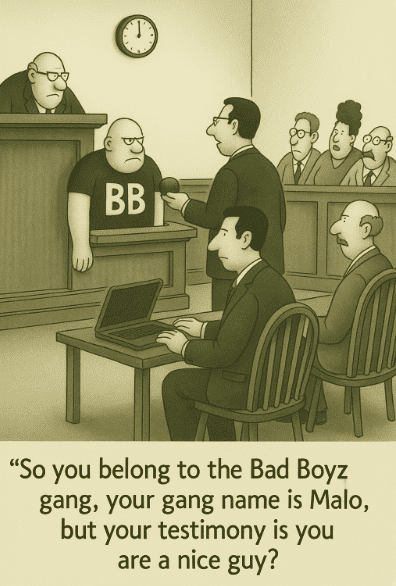
Party Boyz
The smallest and oldest average age gang in Santa Paula, the Party Boyz are fading—but dangerous.
- 16 members
- 100% U.S. citizens and male
- 94% convicted felons
- Arrested 411 times for 785 charges
- Average age: 37
- Average number of arrests: 26
These aging gangsters are the most dangerous per capita. Their decline is tied to drug addiction and incarceration. They maintain an alliance with the Bad Boyz and a deep hatred for all other Santa Paula gangs.

The $4 Million Gang Problem
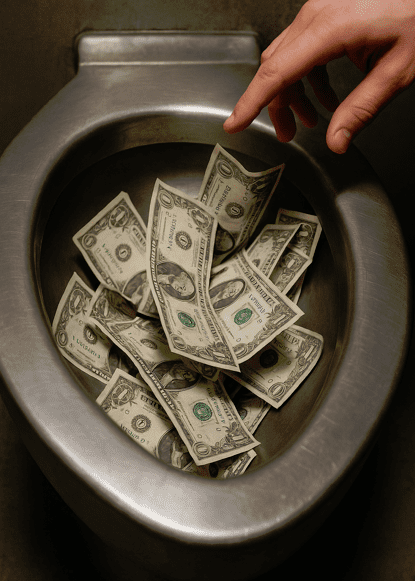
In 2014, I analyzed the 211 gang member’s criminal histories from 1978 to 2014, which totaled 4276 arrests. A low estimated cost for an arrest is $1,000. Members of the Santa Paula gangs were arrested 4276 times which cost $4,276,000, a burden primarily paid by the city of Santa Paula and surrounding communities. The $4.2 million figure is likely low, with inflation, police salaries, equipment costs, transportation expenses, a police booking facility with additional employees, recent estimates per arrest are closer to $5000.
Approximately 52 or 25% of the gang members were on probation and/or parole. To supervise someone on parole costs an estimated $10,000 per year. To supervise a person on probation costs an estimated $4,400 per year. From a financial perspective, if half the Santa Paula gang members were on parole and the other half of the gang members were on probation, that comes to $374,400 in supervision costs each year for the State of California (parole) and the County of Ventura (probation).
Approximately 42 or 20% of the Santa Paula gang members were housed in state or federal prison. The taxpayers of the State of California spent approximately $81,000 a year to house a person in prison. At $81,000 per year with 42 members in prison, the Santa Paula gang members gang costs taxpayers approximately $3,402,000.
In total, 300 arrests per year total $300,000, plus $3.4 million to incarcerate, and $374,440 in supervision, Santa Paula gangs cost taxpayers over $4 million every year.
Bankrolling the Bad Guys
This does not account for the legal fees for public defenders which is difficult to calculate. In fact, if you estimated a public defender spent 8 hours on each case, at $100 per hour, times 4276 cases, is an additional $3.4 million, the true cost is likely much more.
The financial burden of the Santa Paula gangs extends far beyond direct criminal justice costs. Healthcare expenses from gang violence, vandalism, property devaluation in affected neighborhoods, and lost economic potential create a comprehensive impact that affects the entire region.
Crime Patterns in Santa Paula Gangs
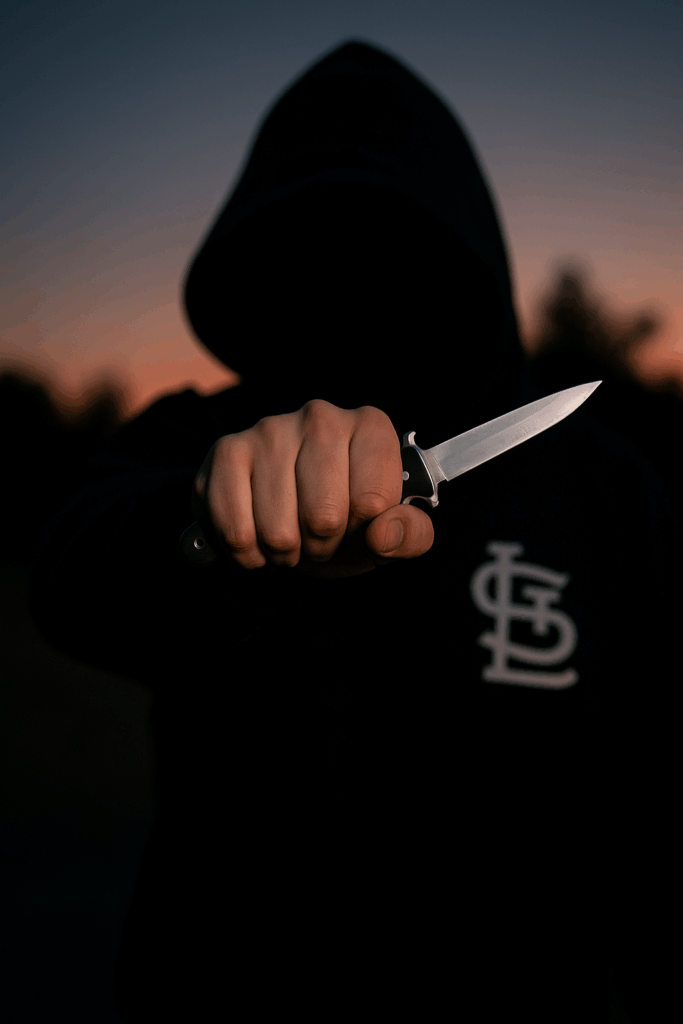
Analysis of all five Santa Paula gangs, and their 4,276 arrests, identified common characteristics. The majority of their charges were for drugs, violence, and property crimes. Clearly the police are doing their job arresting the gang members. The legal punishment do not appear to deter the gang members. The breakdown:
- 25% Drug crimes
- 21% Violent crimes
- 14% Property crimes
- 11% Vehicle offenses
- 9% Weapons charges
- 8% Parole/probation violations
- 12% Miscellaneous
To learn more about Santa Paula gangs see my blog and read Gangs and Violence.
Federal prosecutions were rare—only 8% of members were charged with federal crimes. Most were for immigration violations, not gang or drug-related federal charges. The DEA, ATF, and FBI had almost no footprint in Santa Paula.
Moreover, Santa Paula gangs also aren’t confined to the city. Members have been arrested in over a dozen states and even at the U.S.-Mexico border.
Gang Welfare Fraud: Citizens are Paying for a Lifestyle
The overlap between gang life and welfare dependency is staggering. In 2013–2014, 57% of Crimies received government aid. Housing and food provided by the state is even higher when you factor an additional 25% of the gang members are incarcerated in jails and prisons. In total, when you add up welfare and jail/prison, taxpayers are financially supporting 82% of the Crimies gang members.
Santa Paula gangs thrive not just on violence, but on taxpayer-funded benefits. Unfortunately, if you’re wondering whether your money is going to help struggling families or career criminals, in Santa Paula the answer is both.
Why Santa Paula Gangs Matter Beyond City Limits

The problems in Santa Paula aren’t staying in Santa Paula. I tracked Santa Paula gang members who lived in Ventura, Oxnard, and Filmore, California. All Santa Paula gangs have had members arrested in other states as far east as Indiana. Their drug networks reach into neighboring communities. Beyond that, the city of Santa Paula is claimed by a member of the prison gang La Eme also known as the Mexican Mafia. To learn more about the Mexican Mafia see my blog La Eme.
Conclusion
Santa Paula gangs are not just a local problem. Their influence stretches to nearby communities and across states. The gangs crimes affect innocent lives. Their members are repeat offenders, often subsidized by the very systems meant to help the needy. The Crimies, Crazy Boyz, Bad Boyz, 12th Street Locos, and Party Boyz are not youth delinquents—they’re adult criminals whose lifestyle of violence and fraud continues to burden communities and taxpayers alike.
Ultimately, Santa Paula may look like Mayberry on the outside, but underneath, it’s a Snake Pit. And the Santa Paula gangs that dominate it aren’t fading quietly. What was a problem of under a dozen gang members in 1976, had grown to over 211 by 2014.
To learn more about Santa Paula gangs, get the book Less Tagging More Killing:
